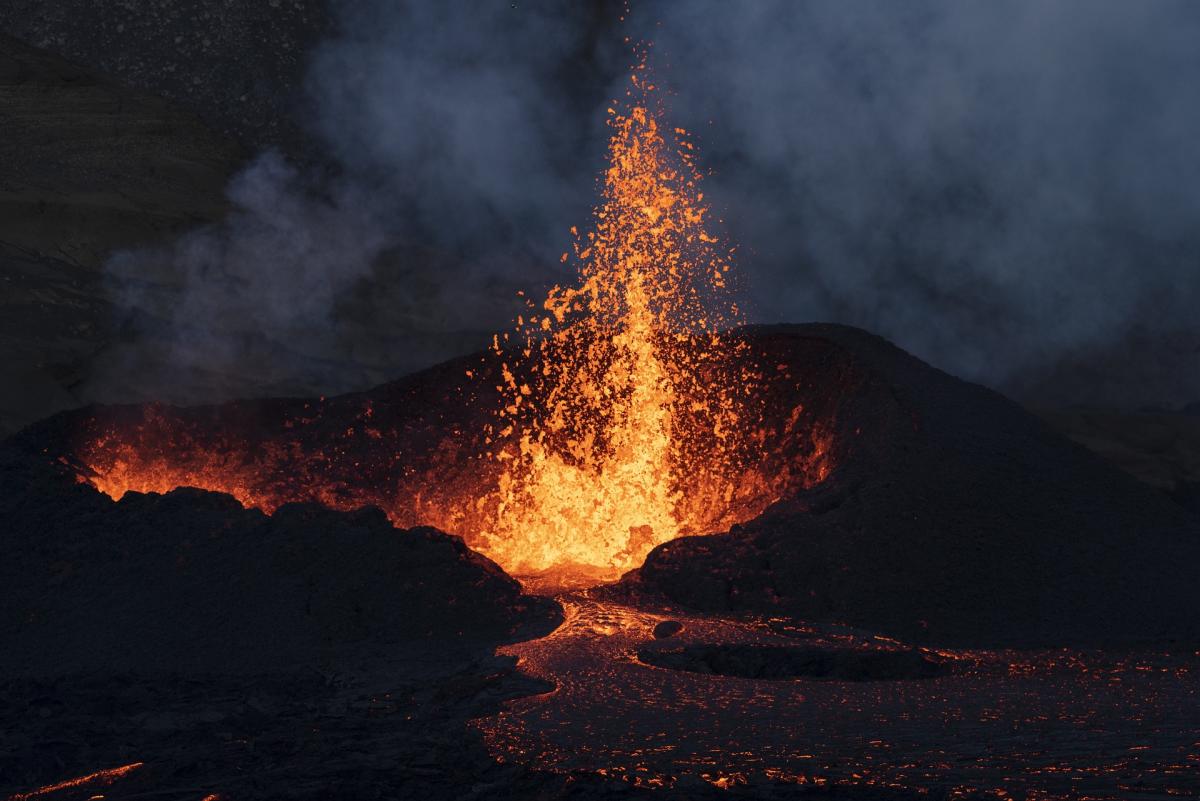
A kindergarten lesson focused on helping students ask questions about the stars, the moon, and the sun and how they move in the night sky. Students will participate in a read aloud, begin a KWL chart

A kindergarten lesson focused on helping students ask questions about the stars, the moon, and the sun and how they move in the night sky. Students will participate in a read aloud, begin a KWL chart

Bee Colony Collapse Disorder was first discovered around 2005. Since then, 60-80 percent of honey bee hives have been affected. Scientists thought they were making progress into identifying the

In this lesson students analyze clues that help them make a claim about a phenomenon they are introduced to- a video of ash and debris-filled water rushing down a forest hill in Flagstaff. Students go

Students will use published scientific data and current evidence to identify the phenomenon known an urban heat island effect. Students will first analyze temperature data as well as land-use data

Students will continue from their research and start an investigation to help with their solution. They will first learn about compost and what it does. They will then develop and investigation and

This lesson plan explores the science of natural disasters such as hurricanes, tornadoes, earthquakes, and volcanoes, and hurricanes. It is a lesson that would help enhance student's vocabulary and

Methane emissions are far more potent then CO2 emissions in the short-run in the atmosphere yet this is rarely covered in the media. Students will create a multi-media public service campaign to cover

In this lesson, students will build on what they understand about heat/energy transfer to research, design, and construct solar cookers.
